This is a guest post from Italian Aikidoka Andrea Merli of Aikido Novum Experience – where he recounts of his experiences at my recent Integral Aikido seminar in Boves, Italy. | Last weekend we participated in a weekend intensive seminar led by Miles Kessler Sensei. Perfectly organized by Aiki no Kokoro of Boves, Italy. This is one of the events we most look forward to every year regarding our personal and technical development. (cont.)
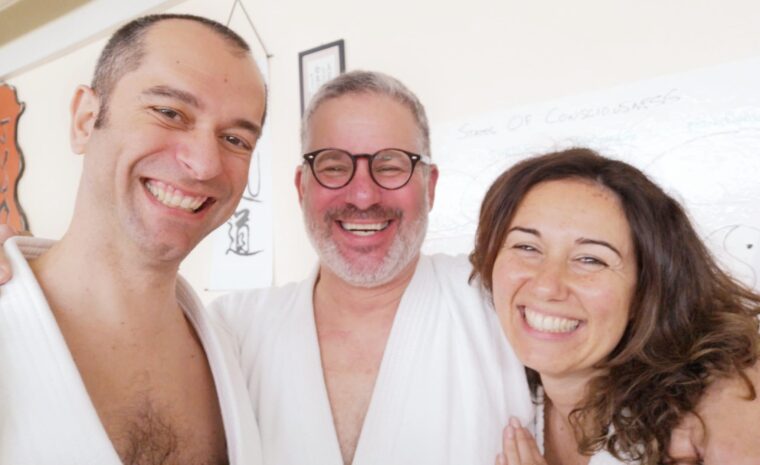
Miles Kessler doesn’t need much introduction. He is a man who thinks before he speaks, teaches what he knows, and lives what he believes. These are rare qualities for the times we live in. Because of this it makes Miles Kessler’s teaching clearer and more solid.
His integration of values into experience makes him more credible. He doesn’t put himself on a pedestal (even though he could afford to). On the contrary, he reduces distance from others, both on and off the mats. This attitude is a shining example for practitioners and teachers in this discipline.
Four Primary States Of Consciousness
During the seminar’s intensive hours of training, we followed a path based on the four main states into which the spectrum of consciousness can be divided: gross, subtle, formless, and non-dual. We focused on the first two because they are easier to have direct experience of, not only in personal practice but also when we have the opportunity to visit other realities, different from ours.
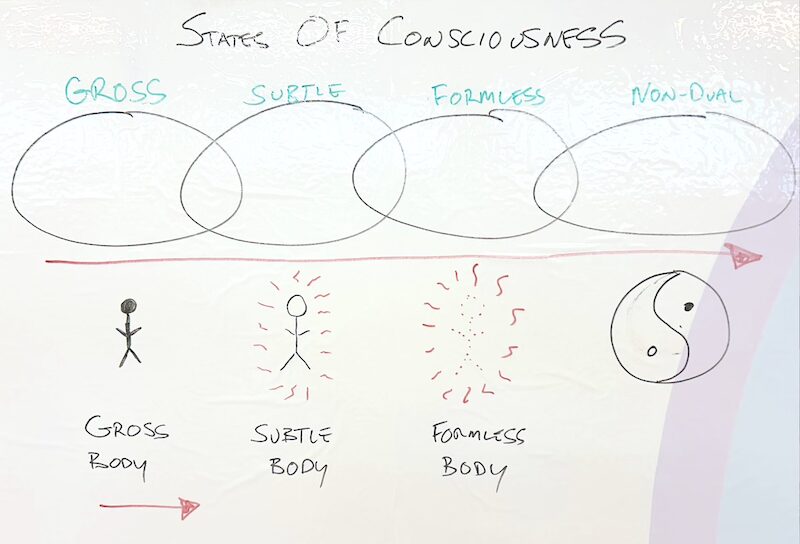
It’s common to experience dimensions of practice that are totally in the physical, emotional, or mental domains. Historically, classic approaches to Martial Arts were based on “technique and sweat”. Other dimensions were simply not considered. This is defined as the “gross domain”. This is not meant in a negative sense, just as it is not derogatory to refer to an uncut diamond as “gross”. It’s just not yet refined.
The problem begins to arise when – as Miles Kessler stated – you are unable to move from one state to another. Remaining in the technique dimension alone will lead to problems, as does remaining exclusively in the subtle dimension.
Such reflections, supported by practice, have allowed us to grasp new dimensions of what is called “tradition“.
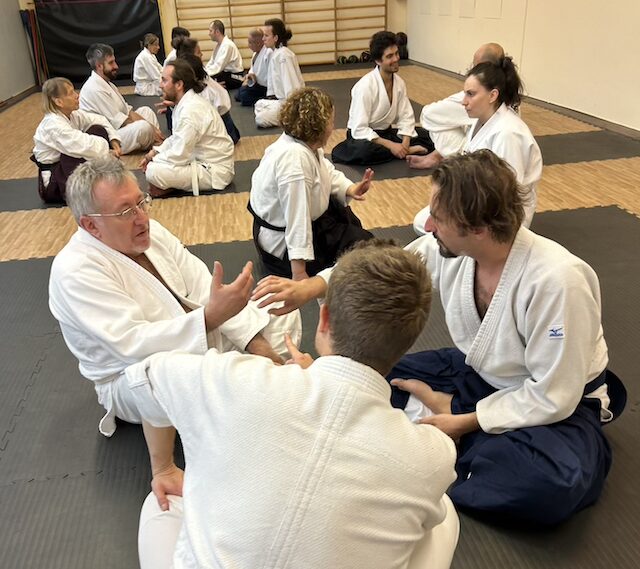
The Path From Gross To Subtle
Certainly, Miles Kessler, more than many teachers, is a person who grew up in the martial and Eastern spiritual traditions in the most original sense.
He lived with and studied for years with Morihiro Saito Sensei whose only mission was to pass on what he had seen and experienced with Morihei Ueshiba. Not only was Miles a close student of Saito Sensei for many years, but he was also his translator for some years in various training sessions.
After 8 years of studying Aikido in Japan, Miles went on to study meditation, where he was trained and educated in Burma for several more years. There he studied under the guidance of the renowned meditation master Sayadaw U Pandita. These are not experiences that many can say they have lived in such a total and immersive way.
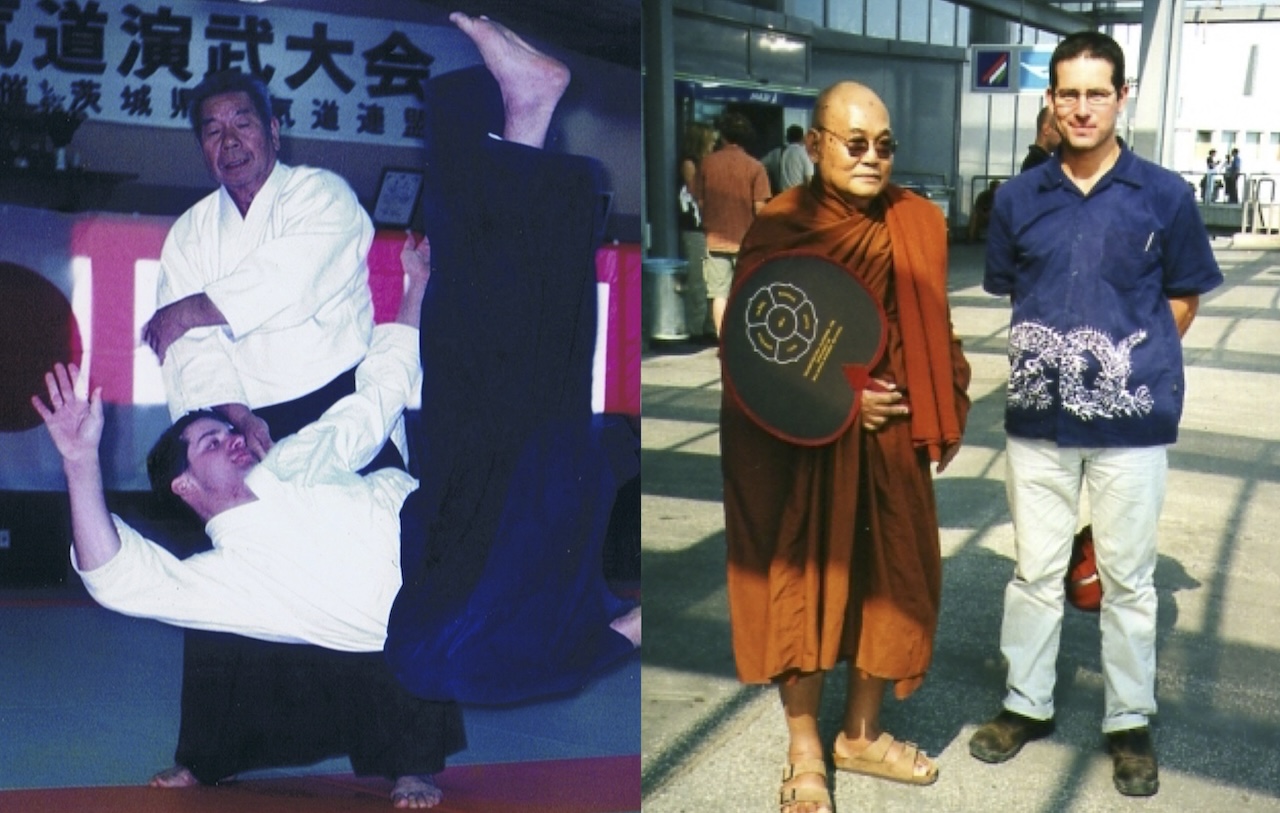
Therefore, in the gross, physical dimension, there is a way to make tradition shine: the setting of the technique is based on principles, sharp lines, and movements that tradition hands down in a very clear way. But why?
It’s not just a question of effectiveness. Correctly understanding and cocreating the techniques with your partner is the essential requirement for developing the grammar with which you can express yourself on a more subtle level.
For example, traditional training is not about how many techniques you still have to study from a hypothetical list. Rather, the training of the traditional curriculum ideally will lead you to internalize the movements and the principles that are “baked into” the curriculum.
Having the good fortune to train with people who have internalized the art directly from the source, reveals that forms are only partial. And, if you hold on to the forms too excessively, you will eventually just become lost.
The Shift From Gross To Subtle
During the seminar, Miles repeatedly stressed that the gross dimension necessarily diminishes with time. As you get older, your physical abilities will decline. There is a diminishing return.
On the other hand, the subtle, and spiritual dimensions of the art only continue to grow. Where as the body will decline over time, the spirit is not called to the same fate. Therefore, any physical practice you engage in should also cultivate the internal dimensions.
Explicitly working on the gross and the subtle dimensions, at the same time are pendulum movement that allows the person to flourish and develop more and more.
What do you practice? What do you follow? Who did you learn from? What did your teacher master concerning technique? What did they master concerning the subtle dimensions, such as meditation?
Reflecting on this will help you to many eastern disciplines. Traditions that are at risk of becoming lost. Becoming fascinated and attracted to exotic practices, or esoteric power runs the risk of forgetting the concrete daily work. Being attached to technical forms in the gross dimension and merely imagining you are nourishing your spirit – simply becomes another way to feed your ego.
You can have a deep appreciation of the value of our training in the gross forms. But you can also let go of the belief that we need thousands of repetitions of forms before we can access the subtle dimension. You can let go of the brutally insensitive belief that without years of hard physical practice, we’ll never understand the techniques.

Miles teaches with total technical clarity but without rigidity. He expresses a clean spiritual depth, without any imposed “gurism”. His approach includes the gross and subtle dimensions and it feels good because it is true, simple, and universal.
If Aikido, as it is, is a school of freedom, Miles Kessler is certainly one of its greatest teachers. It is up to us to patiently do our daily practice and to follow his example.
Special thanks to Andrea Merli for allowing me to repost this piece from his blog. Andrea lives in Torino, Italy where he practices and teaches Aikido with his wife Sara. He trains Aikido under Marco Rubatto at Hara Kai Dojo, and teaches Aikido at Novum Experience.


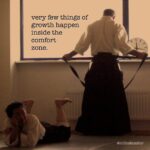
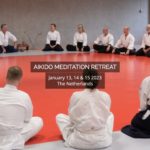

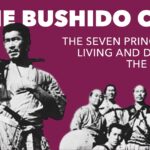
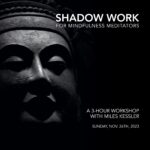
Please note: I reserve the right to delete comments that are offensive or off-topic.